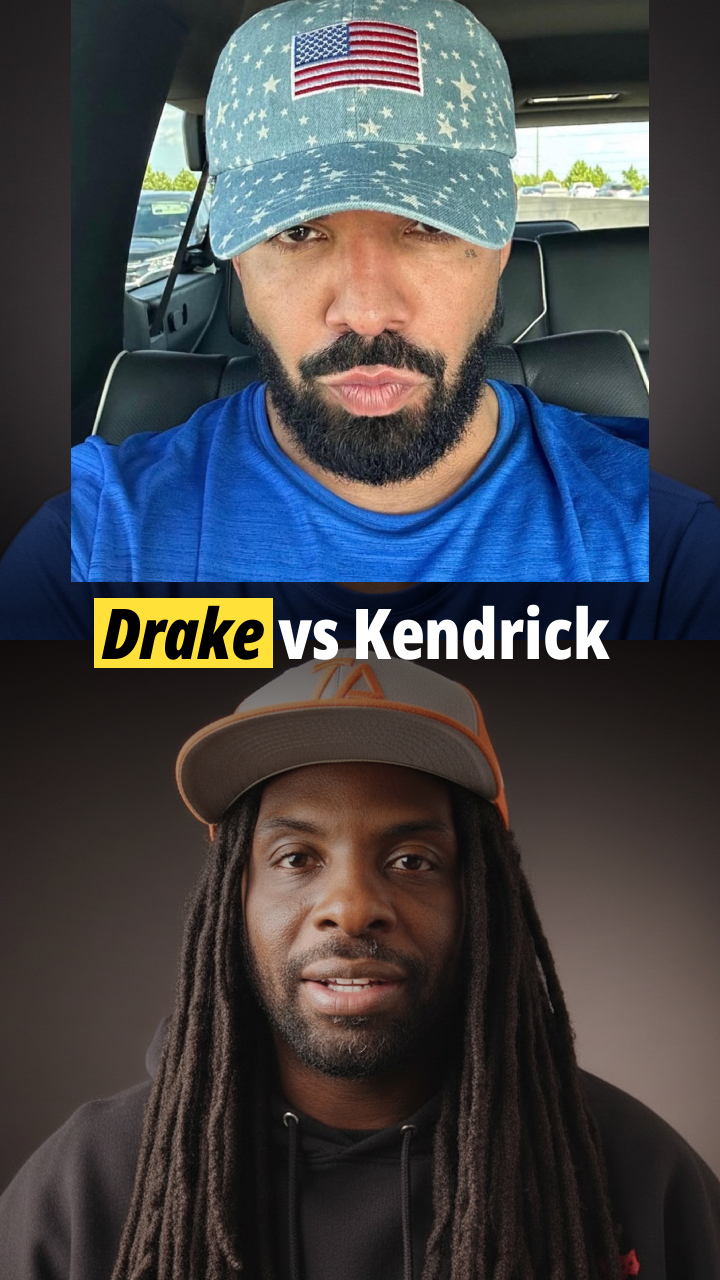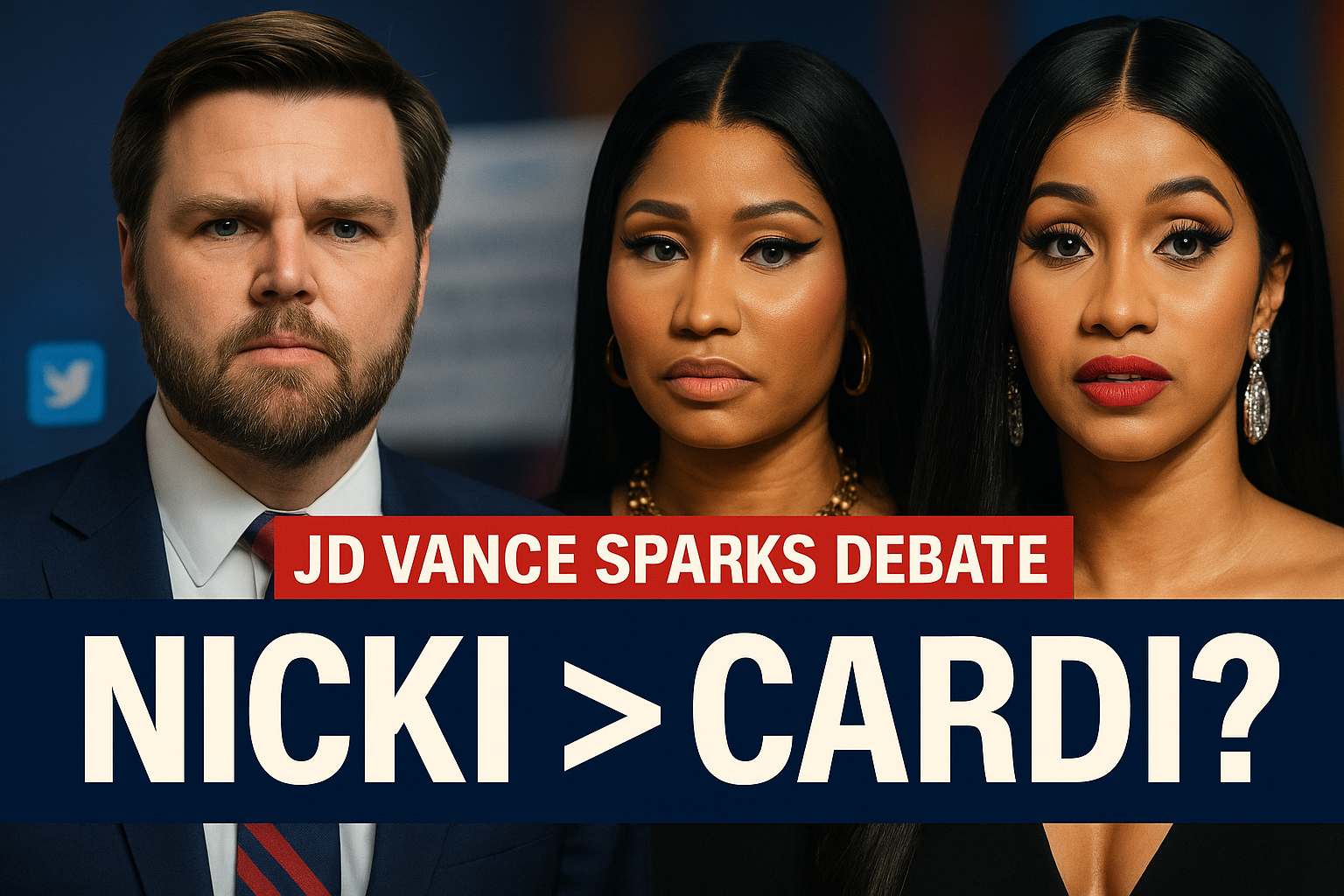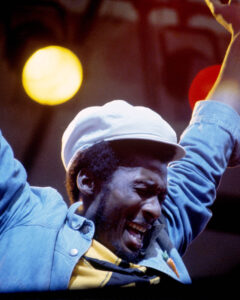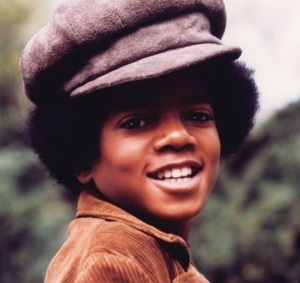Drake vs Kendrick: Canada vs U.S. Cultural Differences
Drake vs Kendrick: How a Rap Battle Exposed a Cultural Divide Between Canada and the United States
When Drake and Kendrick Lamar went head-to-head earlier this year, most of the world viewed it strictly as a clash between two titans of modern hip hop. But beneath the lyrical exchanges, diss records, and viral reactions, the situation revealed something deeper — a cultural disconnect between Canada and the United States that many casual fans never saw coming.
In a new conversation with WorldWide Entertainment TV, Toronto hip hop veteran Tough Dumplin breaks down how misunderstood cultural identity played a major role in how audiences interpreted the battle, and why Drake’s artistic choices resonated differently depending on which side of the border listeners were on.
Toronto’s Caribbean Influence — The Part America Missed
For years, Drake has blended Toronto slang, Jamaican patois, and West Indian rhythms into his music. To Canadians — especially those from Toronto — this is not imitation, but representation. The city has one of the largest Caribbean populations in North America, and its hip hop scene has always carried heavy Jamaican influence through dancehall, sound system culture, and community migration patterns that date back to the 70s.
Tough Dumplin explains it like this:
“When Drake does the West Indian stuff, Americans don’t know why he’s doing that. They don’t know about the Jamaican influence from Toronto.”
While Canadians immediately recognize the cultural foundation behind Drake’s sound, many American listeners interpreted it differently. Because that Jamaican influence isn’t embedded in U.S. regional hip hop cultures — especially on the West Coast — some audiences assumed Drake was adopting a style that didn’t belong to him.
That misunderstanding quietly shaped the narrative during the Drake vs Kendrick battle.
Why Kendrick’s “Imitator” Accusation Resonated in the U.S.
One of the most discussed shots from Kendrick was his claim that Drake was an “imitator.”
For American listeners lacking context, the accusation made sense: Drake occasionally shifts into Caribbean cadences, patois, and dancehall-influenced delivery.
But in Canada, especially Toronto, that isn’t imitation — it’s identity.
Tough Dumplin expands:
“So when Kendrick calls him an imitator, Americans are like, ‘Yeah, he is,’ because they think Drake is randomly doing reggae. But up here, that’s part of the culture.”
This disconnect highlighted not just different musical backgrounds, but different understandings of what “authenticity” means in hip hop depending on geographical roots.
A Clash of Cultural Lenses, Not Just a Clash of Bars
View this post on Instagram
For fans outside Toronto, it’s easy to miss how multicultural the city is. Jamaican influence runs through its slang, food, community events, and especially its music scene. Caribana — one of the largest Caribbean festivals in North America — is a staple of the city’s cultural identity and a major inspiration for many artists.
Drake emerged from that environment. His sound reflects the city he comes from.
Tough Dumplin, who has lived on both sides of the border, saw firsthand how differently the battle was interpreted:
“If I’m in a room with southern dudes or west coast dudes, they’re not gonna see what we see in Canada. It’s just different cultural understandings.”
In other words, Drake and Kendrick weren’t simply rapping from different cities — they were rapping from different cultural worlds.
From the 90s to Now: Hip Hop Continues to Evolve Across Borders
View this post on Instagram
When WorldWide Entertainment TV asked if anyone could’ve predicted that rap battles would escalate into legal disputes in 2024, Tough Dumplin laughed — because hip hop’s evolution has been unpredictable from the start.
But one thing remains true: hip hop has always been shaped by regional culture.
In the 90s, that meant East Coast vs West Coast.
Today, it’s global.
The Drake vs Kendrick battle is a reminder that hip hop is no longer confined to U.S. borders — and neither are the cultural influences driving the music forward.
Final Thoughts
As fans continue to debate who “won” the battle, this conversation with Tough Dumplin sheds light on a bigger reality: many Americans were arguing about Drake without understanding the cultural world he comes from.
Whether you’re Team Drake, Team Kendrick, or simply a lover of great rap, the discussion proves hip hop is now a multicultural, international movement — one where identity, geography, and community play just as big a role as lyrics and beats.
Share this content:














Post Comment